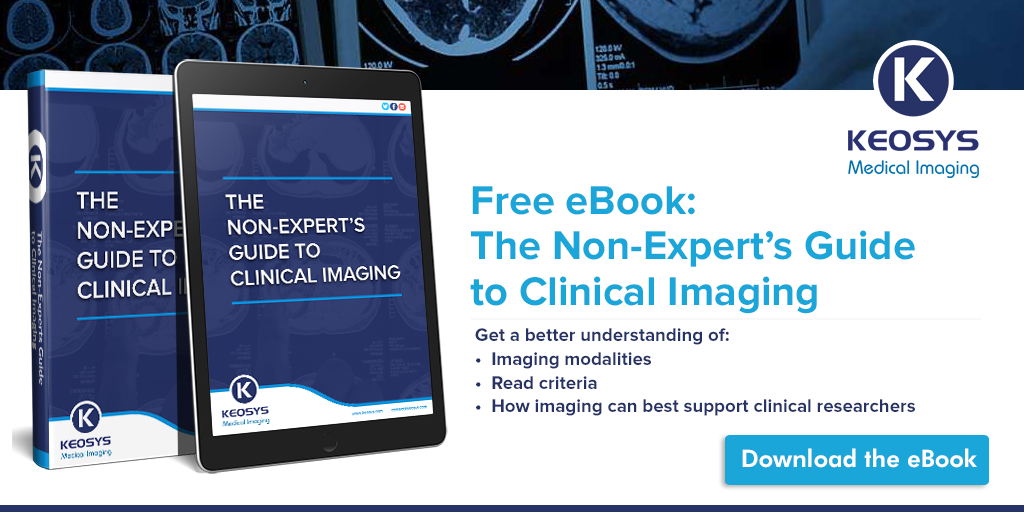Good clinical practice (GCP) is not just a set of texts; it’s the testimony of humanity’s learning experience across modern history.
GCP has its origins in multiple 20th century milestones, perhaps the most memorable being the Nuremberg Trials, during which lawyers attempted to defend horrific Nazi medical experimentations with the fact that there were no ethical guidelines for experimenting on humans. The Nuremberg Code of 1946 was the result. Today we abide by the standards of the International Conference on Harmonisation (ICH), and the importance of GCP is as clear as ever. As technology pervades every aspect of clinical research, managing that technology while keeping ethics top of mind is a paramount concern for sponsors and investigators.
Evidence-based medicine depends on clinical research, and that research depends on GCP. Imaging technology advances quickly and sponsors must be mindful of recent and future changes. A firm focus on GCP is a lifeline that helps sponsors and investigators navigate their way around the potential pitfalls represented by evolving tools and technologies, and the possibilities they represent.
GCP and Imaging: Complexity, Security, and Quality Control
The role of imaging in clinical trials is becoming predominant — as illustrated by the great number of publications or guidelines published by the FDA on the subject over the recent years. When a clinical trial’s primary endpoint(s) relies on medical images, multiple GCP issues arise, ranging from standardizing equipment across sites, to blinding interpretation of the images, to protecting patient identity. Fortunately ICH E6 (R2) is here to help out sponsors, CROs, and investigators with several key aspects.
- Image acquisition
- De-identification of images
- Secured sharing and transfer of clinical data with respect of patient privacy
- Image device quality control
- Qualification and training of all professionals taking part in the trial
- Record keeping (readable and auditable at any time)
- Centralized versus site interpretation
- Blinded versus not blinded interpretation
Each trial presents a unique set of challenges, and every sponsor must determine what protocol and standard will serve that specific trial. The EMA and FDA recommend that sponsors rely on strong Scientific and Quality Assurance experts to develop a charter that outlines methodology, including technical details, image interpretation, and retention procedures.
The Imaging CRO and GCP
When considering contracting with an imaging CRO, the sponsor needs to identify one that has successful experience in the following:
- Monitoring the variability among medical experts reviewing the images throughout the study
- Effective data management (including clear auditable records of data quality checks)
- Country-specific compliance regulations (especially in terms of data generation and transfers)
- Helping the sponsor fulfill its duties regarding the protection of trial subject privacy
- Image organization and retention, while keeping them available at all times
In short, an imaging CRO must be able to provide a proven operation track record of being able to centralize, control, review, and organize images in a perfectly GCP-compliant manner. They must also demonstrate their scientific expertise and a network of medical experts; use validated and globally compatible technology (e.g. a 21CFR part 11 web platform, a CE marked visualization software); and maintain a strong in-house Quality Management system. These are some of the key qualifications you need to look out for.
To Conclude
As drug development in general and research in radiopharmaceuticals in particular evolve, the review of medical images according to relevant criteria and modalities is turning out to be a recurrent clinical trial primary endpoint. Therefore, spare yourself a future headache: as soon as you’ve identified that imaging will be part of your clinical trial, make sure the imaging partner you work with is prepared to help you guarantee that your trial will fully abide by the standards of GCP.




